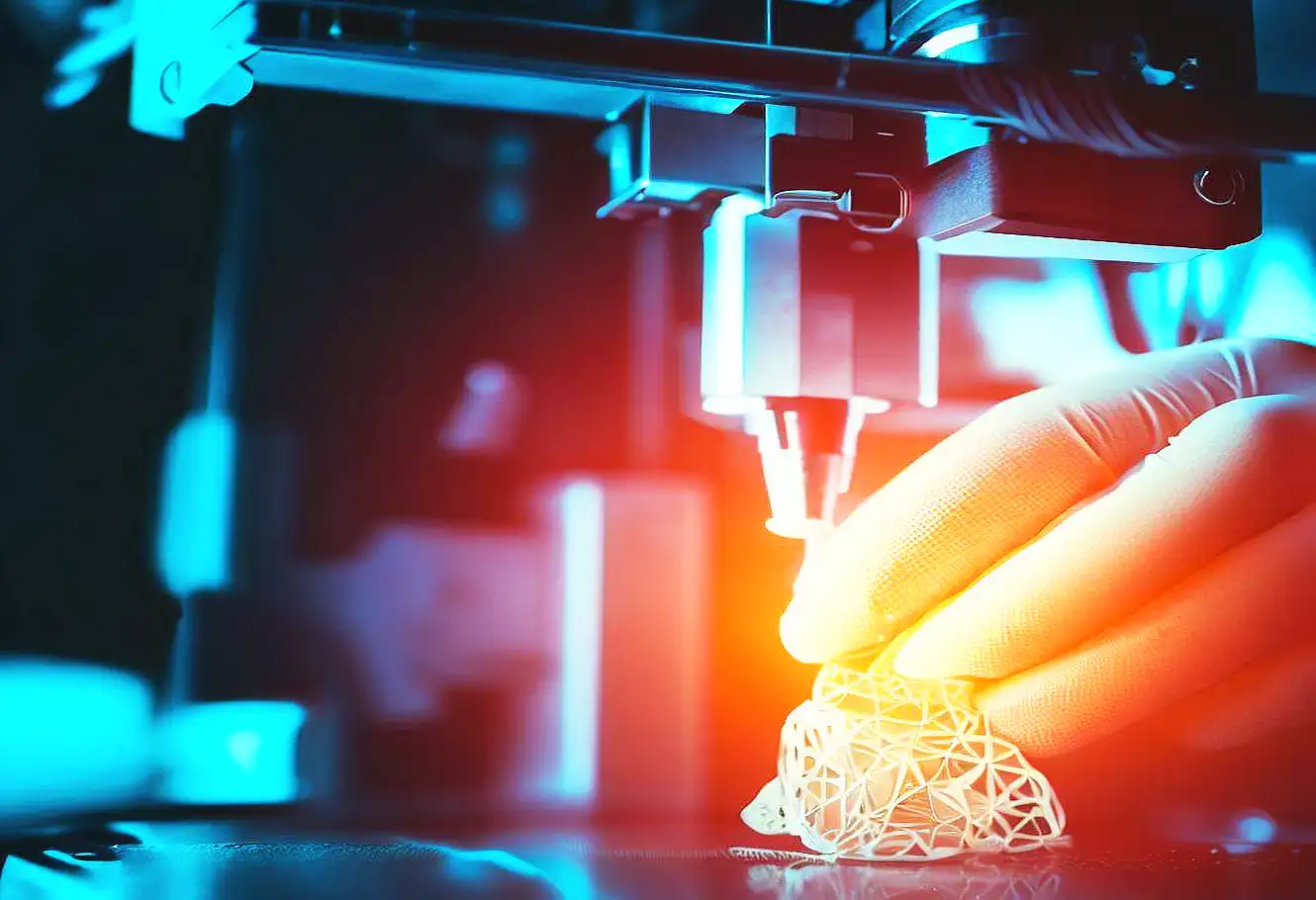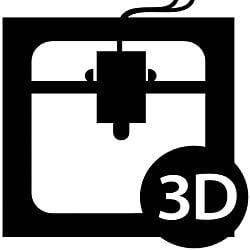Applications of 3D Printing in Medicine.

L'importanza della Stampa 3D nella Medicina
3D Printing has found many applications in medicine, including the production of customized prostheses and implants, the creation of anatomical models for surgical planning and production of personalized drugs. Thanks to 3D printing, Medical implants can be created more efficiently and precisely, reducing production time and increasing patient safety.
In addition, The ability to create personalized anatomical models allows surgeons to plan more precise interventions and reduce the risk of complications. Generally, 3D printing is revolutionizing the world of medicine and it will be expected that it will continue to be a fundamental technology to improve the quality of life of patients.
The production of prostheses with 3D printing
3D printing has revolutionized the production of prostheses for people who have undergone amputations or who have congenital malformations. Thanks to 3D printing, You can create personalized prostheses that perfectly adapt to the patient's anatomy, improving the comfort and functionality of the prosthesis itself. In addition, The production of prostheses through 3D printing is faster and cheaper than traditional methods, Which means that more people can have access to high quality prostheses.
3D printing also allows you to create lighter and resistant prostheses, further improving the quality of life of patients. Generally, 3D printing is revolutionizing the production of prostheses and it will be expected that it will continue to do so in the future, By increasingly improving support for people with physical disabilities.
Creation of anatomical models for surgical with 3D printing
3D Printing It is used more and more often for the creation of personalized anatomical models. These models can be created starting from patients' data, such as the images obtained from computerized tomographs or magnetic resonances, and then printed in 3D. Thanks to 3D printing, It is possible to create detailed and precise anatomical models that allow doctors to have a physical representation of the body area on which they will have to intervene.
This means that doctors can plan the intervention more accurately, reducing the risk of complications and improving the patient prognosis. In addition, Personalized anatomical models can also be used for educational purposes, allowing medical students to practice models that faithfully reproduce human anatomy. Generally, 3D printing is revolutionizing the approach to medicine, allowing to further improve the quality of medical treatment and to make medicine more personalized.
Production of customized drugs with 3D printing
3D printing can also be used for the production of personalized drugs. Once the patient's data is obtained, such as the genetic profile or the levels of certain metabolites, 3D printing technology can be used to create tailor -made drugs for the patient. This personalized approach to the production of drugs can significantly improve the effectiveness of the treatment and reduce side effects, since drugs are designed to be specific for the patient's needs.
In addition, The production of customized drugs via 3D printing can improve production speed and reduce costs, which means that these treatments could become more accessible for patients in the future. Generally, 3D printing is also revolutionizing the approach to drug production, By opening the way to new personalized therapies and further improving the quality of medical care.
